In this question, I am able to find the per unit phase voltages using the symmetrical components. Taking the base MVA and base voltage to be the same as that of the alternator,
\$ (I_a)_1 = \frac{E_a}{Z_1 + Z_2 + Z_0} \$ where \$ Z_1 \$, \$ Z_2 \$ and \$ Z_0 \$ are the positive negative and zero sequence components respectively.
Given that the fault occurs on phase 'a', \$ V_a = 0 \$.
Using the equations to find \$ (V_a)_1 \$, \$ (V_a)_2 \$ and \$ (V_a)_0 \$ and further finding the phase voltages, I get:
$$ V_a = 0 $$ $$ V_b = -0.2143-j0.9898 $$ and $$ V_c = -0.2143+j0.9898 $$ To find Line-to-Line voltages, \$ (V_{ab})_{pu} = V_a - V_b\$ has to be evaluated.
Thus, the actual value of the line voltage will be given by: $$ (V_{ab})_{actual} = ((V_{ab})_{pu}).(13.2) kV $$
But the solution in the book says:
I don't understand why \$ 13.2 kV \$ is divided by \$ \sqrt{3} \$, as it only yields the base phase voltage.
Is the solution wrong or am I missing something?

